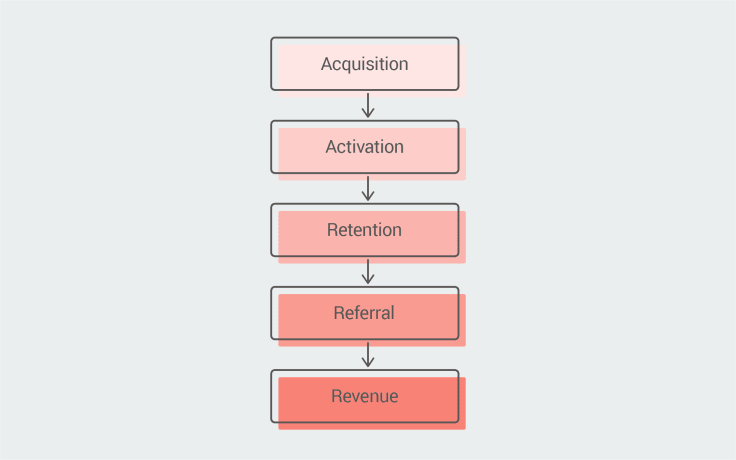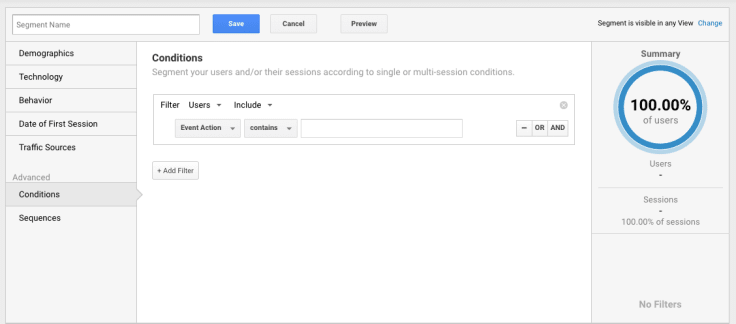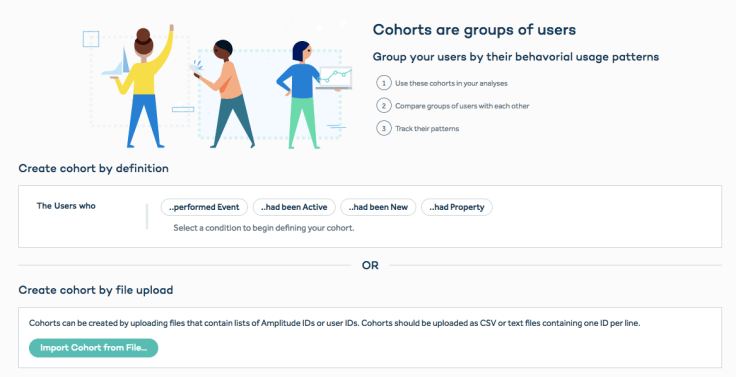Showing top 0 results 0 results found
Showing top 0 results 0 results found

2019 has officially arrived! As I’m continually looking for ways to improve my marketing skills and create valuable messages, one of the things I would like to work on this year is customer segmentation. I want to use it to further personalize communications in the projects I’m working on.
So, in today’s post, I’d like to check what customer segmentation is, how to use it to improve your traditional marketing personas, and how you could start implementing it in your campaigns.
Want to join me on this journey?
Let's dive in.
Are you a marketing solopreneur or an ecommerce expert? Check the LiveChat Partner Program and see how we can work together.
What is customer segmentation
Customer segmentation is the action of dividing your customers into groups based on similar needs, demographics, or product usage. It’s helpful regardless if you’re working on a marketing campaign, a UX-related research project, or a sales outreach.
Customer segmentation models and the case against marketing personas
There are multiple ways to apply segmentation to your customer base. Some of the things that you could filter your users by are:
- Location;
- Age;
- Gender;
- Interests;
- Spending habits.
While this type of filtering may be helpful to your business, I would like to discuss a slightly different approach in my post? The kind of customer segmentation I’d like to focus on today is behavioral segmentation.
Why?
As I've mentioned, you could focus on creating traditional marketing personas that include age, location, and product use preferences. Speaking from my experience, these not always reflect what your customers are really doing in your product and what influences their behavior.
I’ve also found that marketing personas can be limiting at times and not really showing who your audience is over longer periods of time. Who is using your product now may be very different from who will be using it in 6 months or 1 year time. I'd likely have to update your personas every few months.
Using AARRR metrics in customer segmentation
So, how you could start segmenting your customers based on their in-app behavior? Once again, there are at least a few ways to approach it. One of them is checking where your users are in your marketing funnel which you can base on the AARRR framework. I’ve covered in more detail in one of my previous blog posts.

This method will be perfect if you have already identified the core actions within your product and you can check which events support and how many times a user needs to repeat it to move down on your engagement axis.
Side note: Core action is the user event that helps users understand product’s value. Repeating this action makes it even better and more helpful for them. To give you a few examples: for Pinterest, it would be pinning, for LinkedIn - connecting with other users, and for our product, LiveChat - it's starting a chat.
In this case, this is how your segments could look like using a very simplified model. Please note that you can make it as complex or as simple as you’d like base on your needs and the intricacy of your product, and/or business strategy.
Acquisition: Newly acquired users who haven’t taken the core action just yet.
Activation: Activated users with the core action taken.
Retention: Users who keep coming back to using your product and who repeated the core action.
Referral: Users who are happy to share your tools with others.
Revenue: Paying users who are renewing their subscriptions and repeating your core action on a regular basis. It could be daily, weekly, or monthly depending on your project. We can also call this group your power users.
Before you start introducing quantitative segmentation using external tools, remember that you’d ideally support it with a more in-depth qualitative analysis.
Some of the methods you could use are:
- Focus groups,
- Customer surveys,
- Customer interviews (either in-person or online).
This way, you can be sure that you're not only creating funnels, and looking at your data but also connecting with your users on a more responsive level. This will help you discover their attitudes and motivations behind certain actions in your product.
Why customer segmentation strategy matters
Personalization is what truly matters and what will help you move the needle in 2019 but it's not the only reason that you should look into it.
Customer segmentation strategy will help you not only create more customized marketing messages but also improve your overall marketing strategy. Diving into who your customers are and how they are using your product will also be crucial for establishing better customer relations. These will likely influence your communications across different channels. It may even influence the way you do business in general!
Instead of looking at your customers as demographic or location-based groups, establishing a behavior-based customer segmentation strategy will give you an insight into how they are actually using your product. This way, you'll move closer to supporting them in moving down the activation/engagement funnel and discovering the value of your product.
Customer segmentation tools
Google Analytics
I may be repeating myself here, but I find Google Analytics to be one of the most useful tools out there. Using their ‘Add Segment’ feature, you can create user cohorts based on an almost endless list of parameters, including demographics, country, and traffic sources.
You can also base it on ‘events’ or ‘goals’ which can be parallel to your core actions and which can be set up in the Google Analytics’ admin section (under ‘Goals’). Create a user segment based on your custom events and track what events do the users complete in your product over time.

Mixpanel
Mixpanel is another great tool that will help you divide your users into behavior-based cohorts.
The process is similar to the one in Amplitude (more on that below). You can create as many user cohorts as you like and each can be based on a different or similar group of parameters.
You can also read more about user segmentation in the guide on their website.
Amplitude
Creating segments based on behavior is also relatively straightforward in Amplitude. Once you have your events, including your core action(s), set up in the app, you can create use cohorts based on their activity in the product or upload it using a list of customers including their Amplitude or user IDs.

You can also build user segments around once event and modify the count:

You can then create event funnel specific for these groups or get additional data about their overall activation ratio.
Depending on the metrics you include in your analysis, you could also dig into your log data to create user segments.
Over to you
As you can see, working on your customer segmentation strategy is essential for personalizing your marketing mix. Take a look at your own data, or start using product analytics tools to create insightful user profiles.
What are your marketing plans for 2019? I’d love to discuss these in the comments below.



